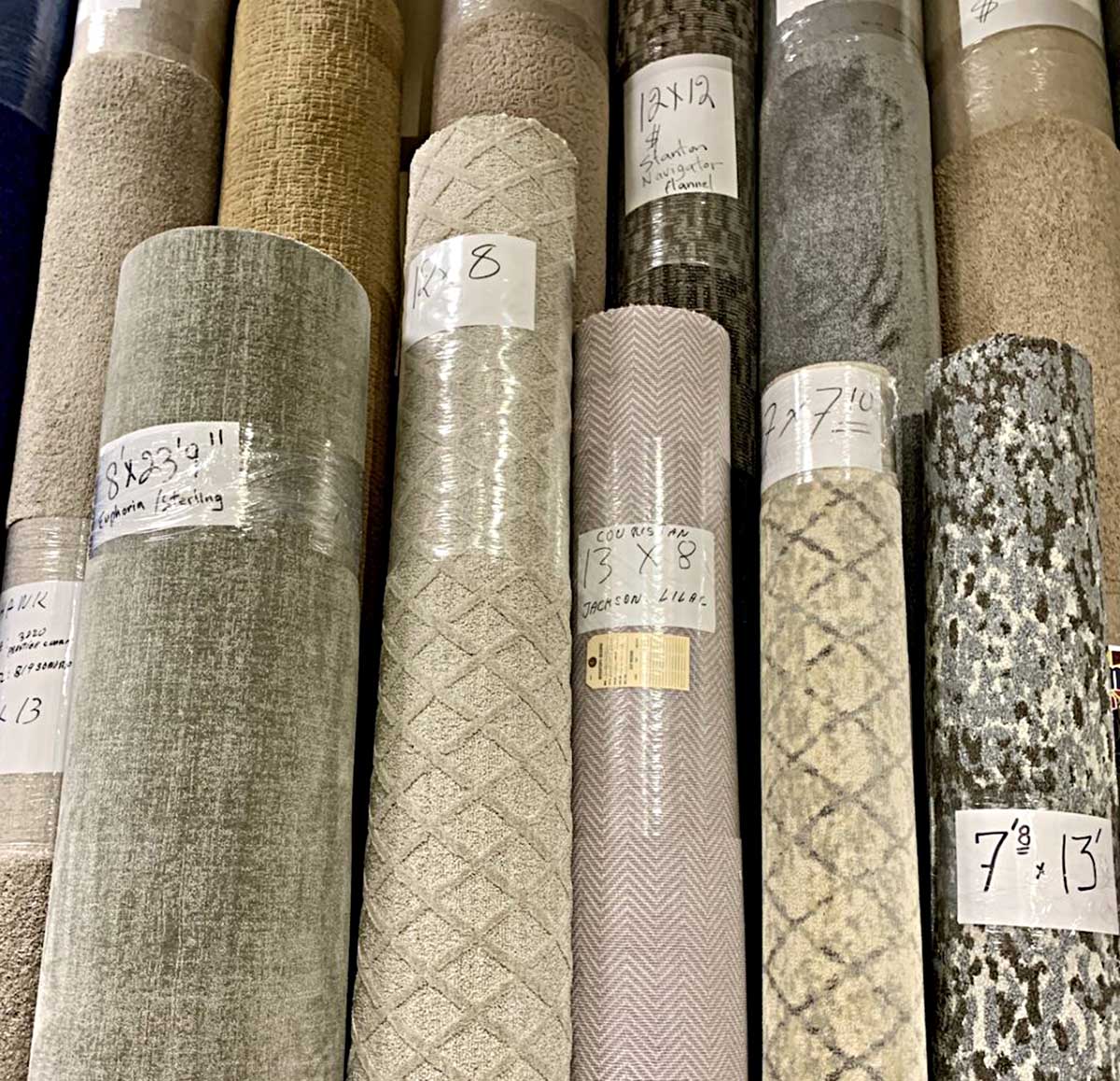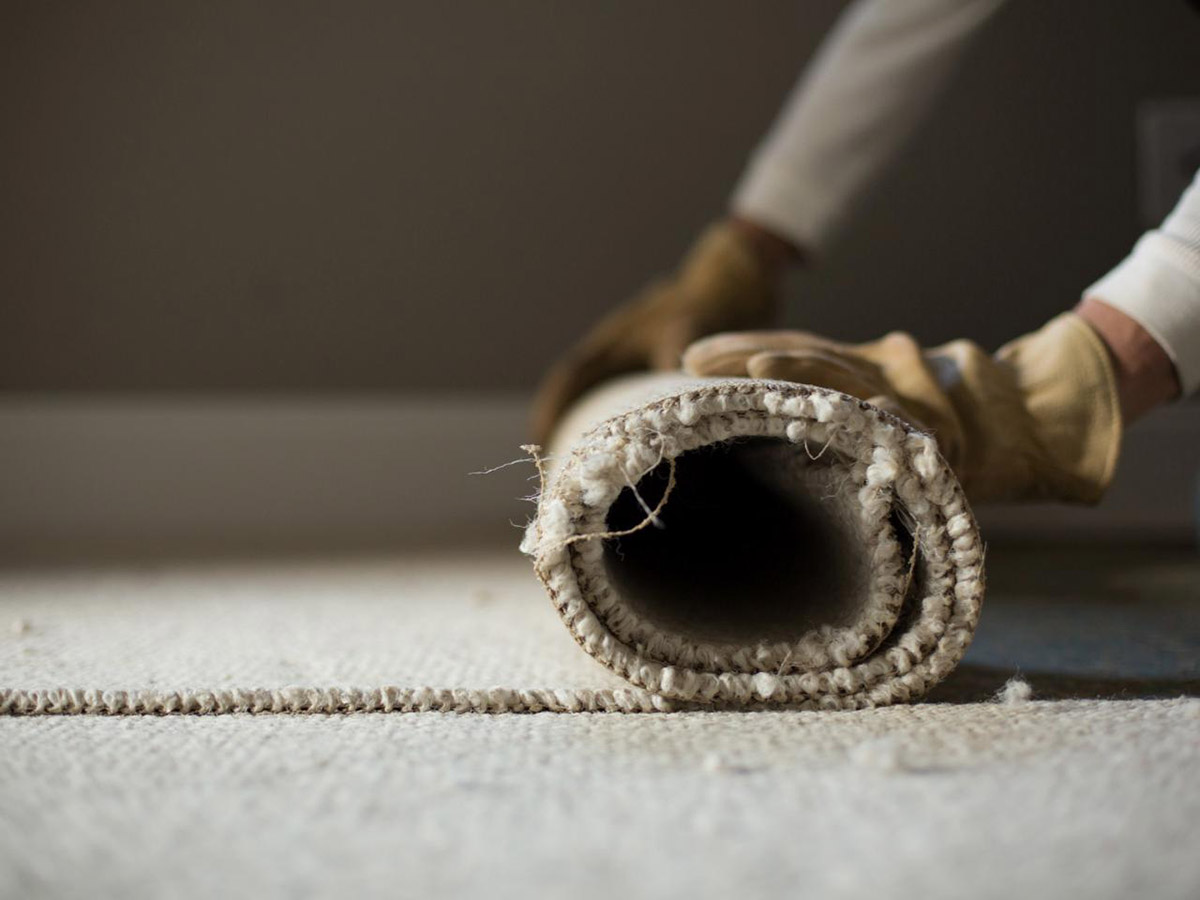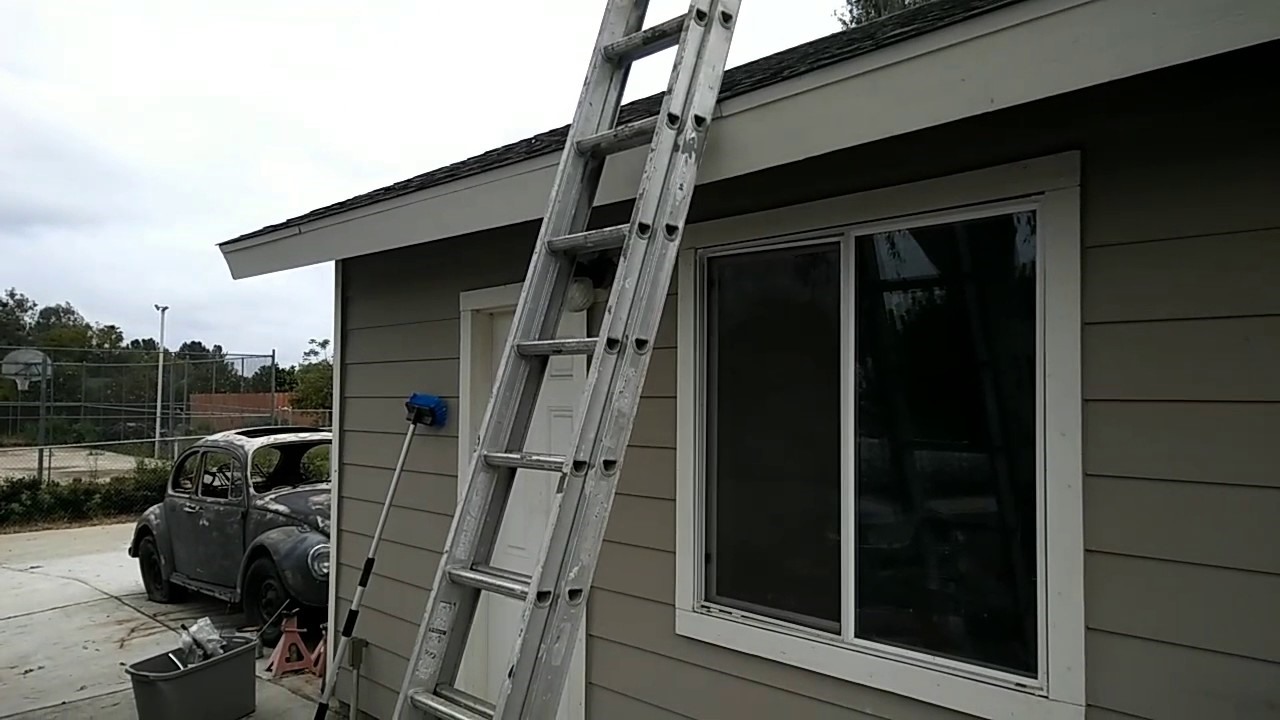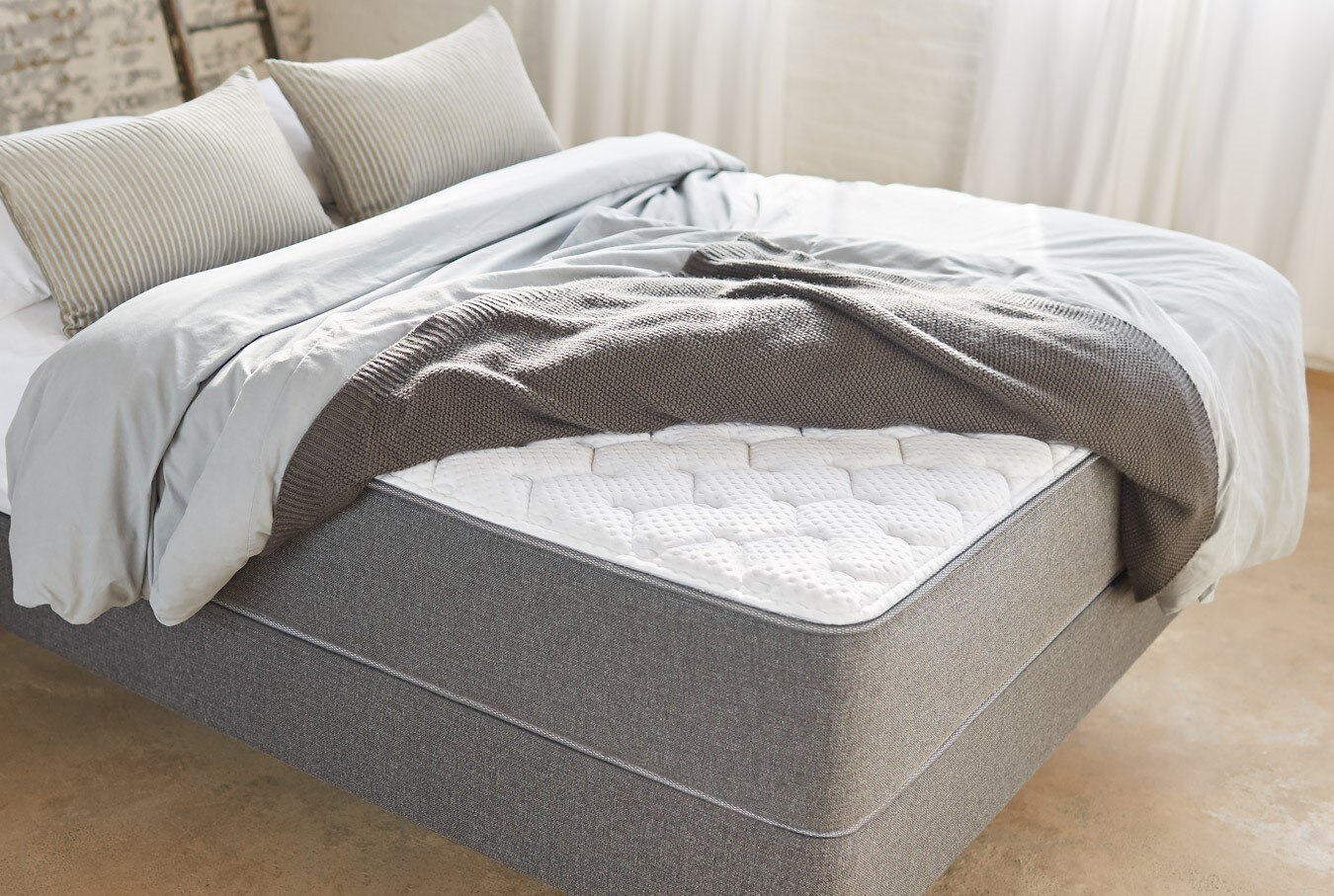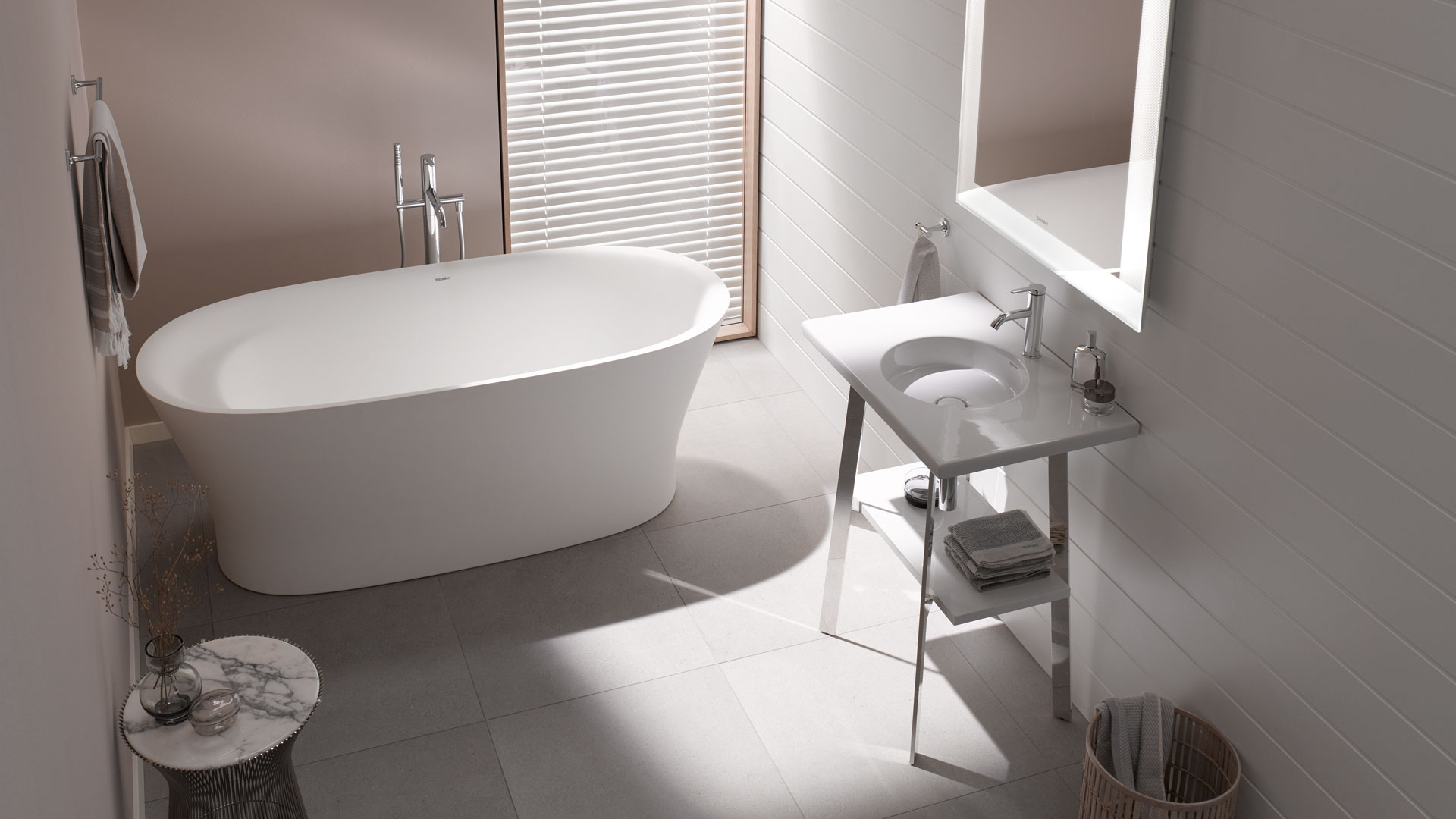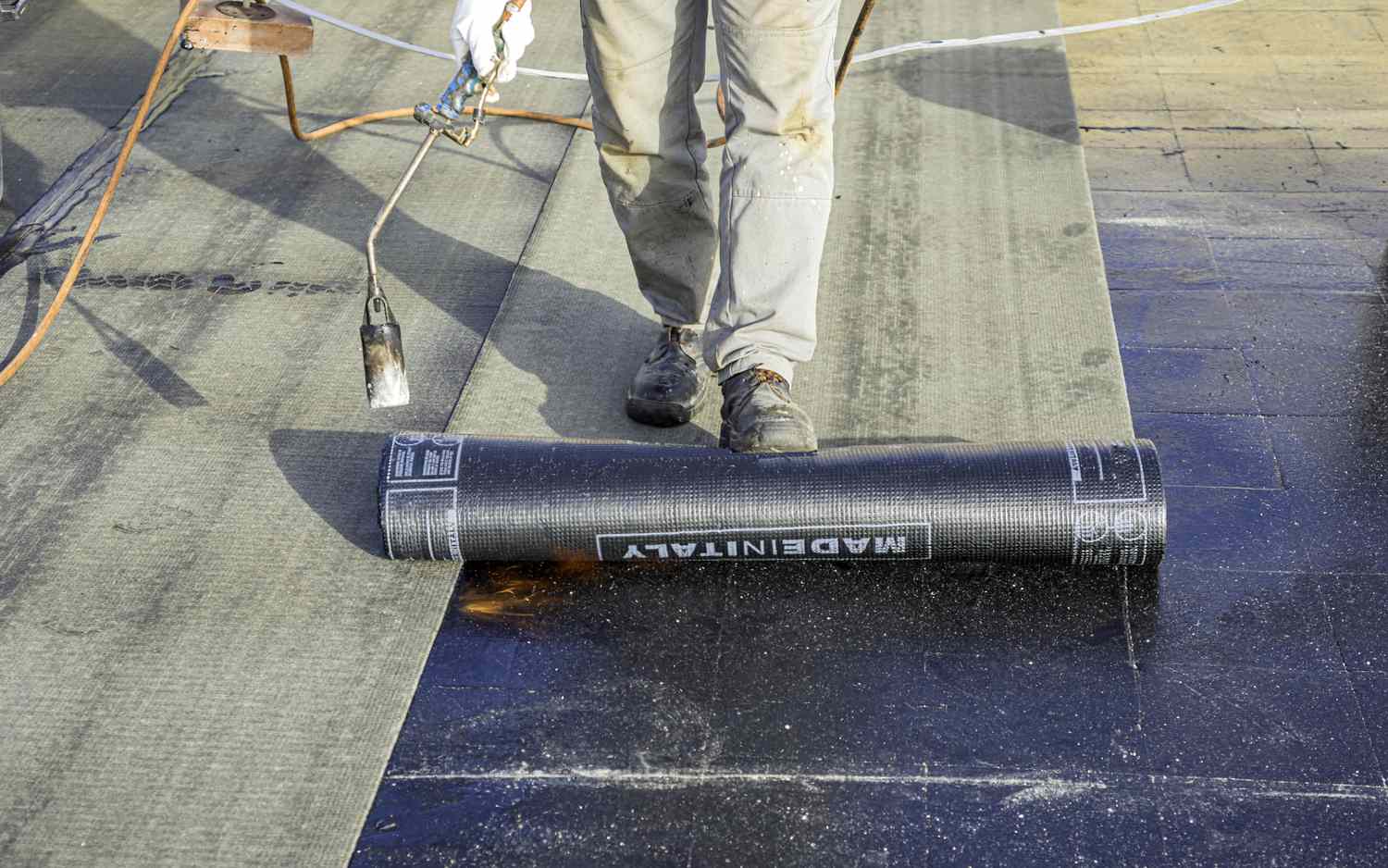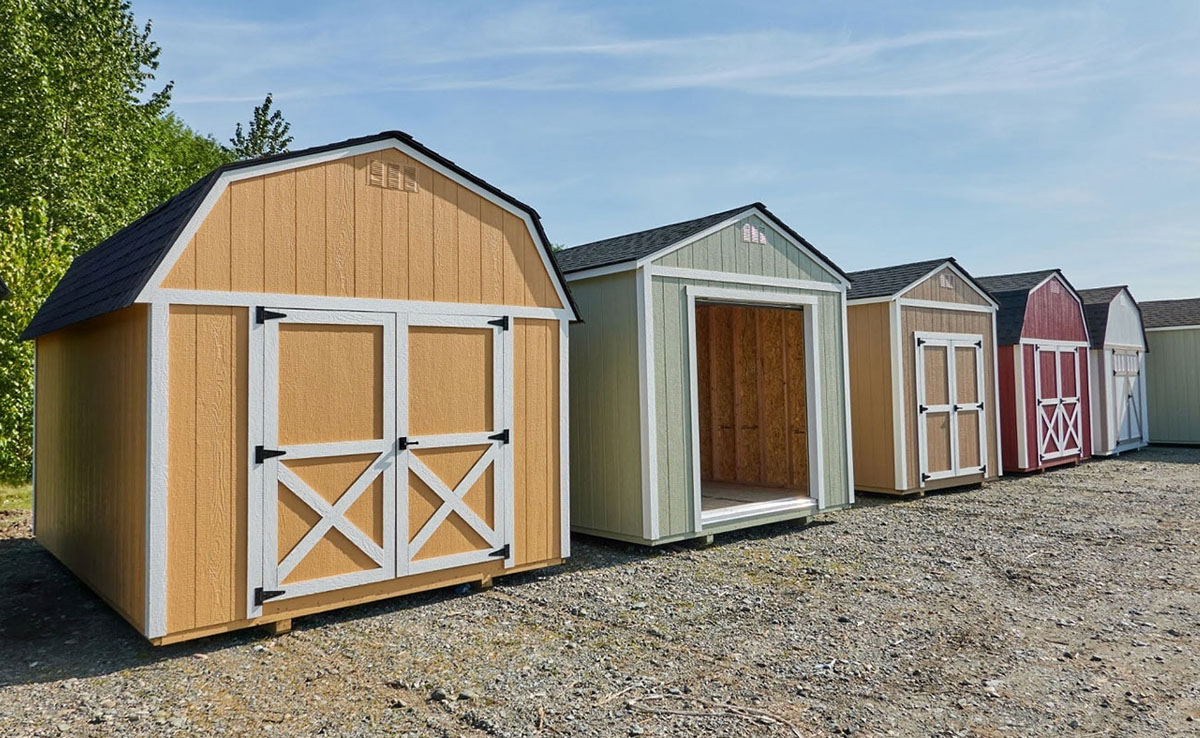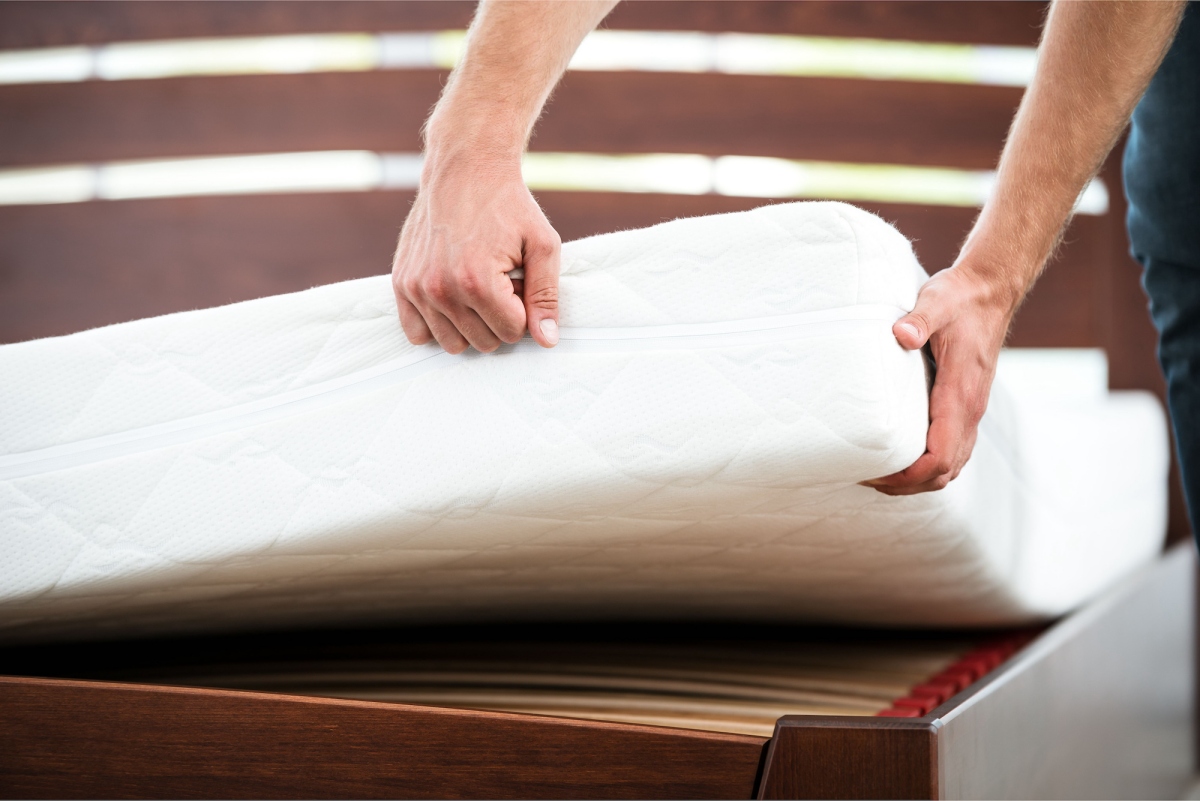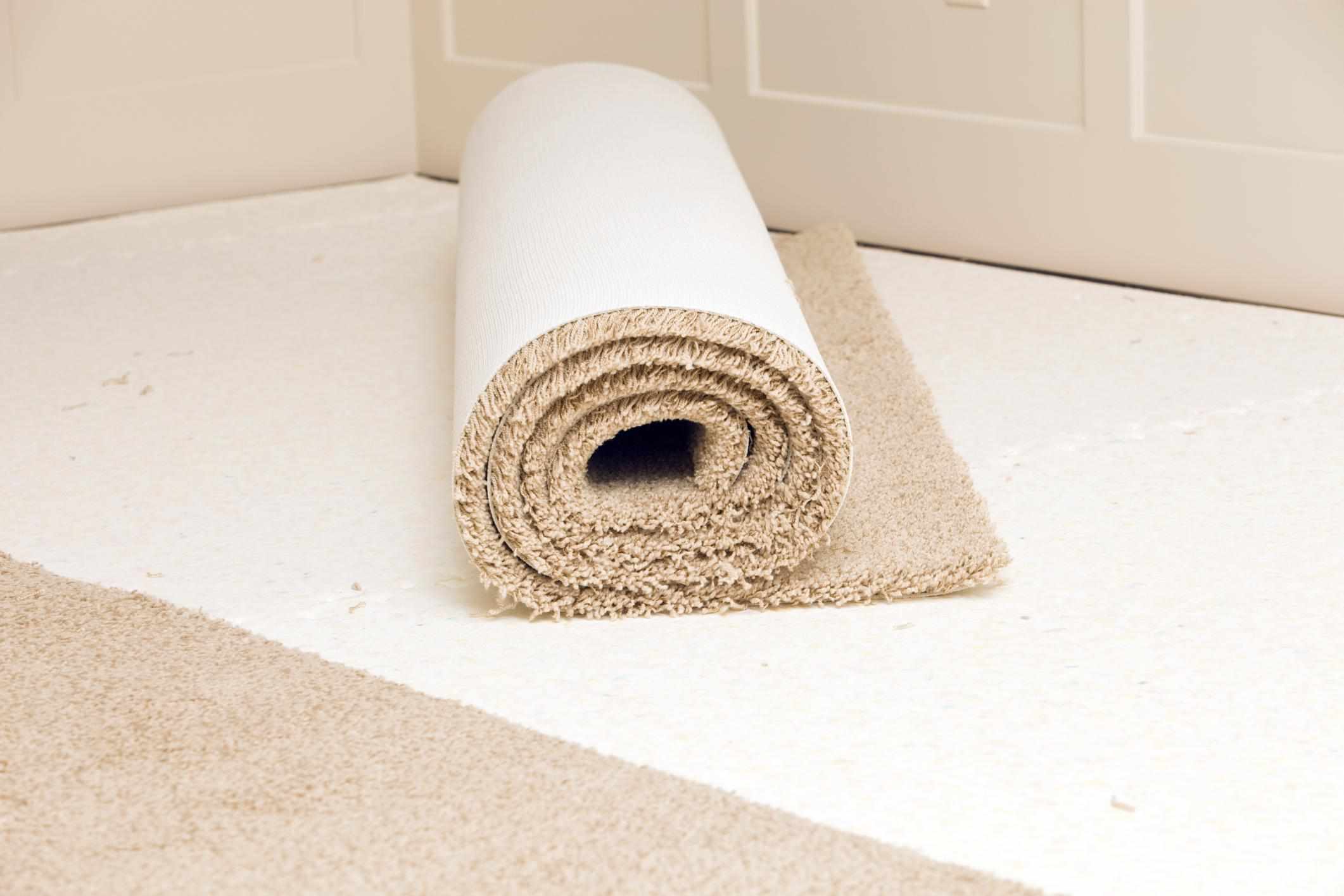

Articles
What Is The Standard Length Of Carpet Rolls
Modified: May 6, 2024
Discover the ideal length of carpet rolls in this informative article. Learn about standard sizes and find the perfect fit for your space.
(Many of the links in this article redirect to a specific reviewed product. Your purchase of these products through affiliate links helps to generate commission for Storables.com, at no extra cost. Learn more)
Introduction
When it comes to carpet installations, one important factor to consider is the standard length of carpet rolls. The length of carpet rolls can vary depending on various factors, including industry standards, manufacturing capabilities, and practical considerations. Understanding the standard lengths of carpet rolls can help you plan your installations more efficiently and make informed decisions about the quantity and size of rolls to order.
In this article, we will explore the factors that affect the standard length of carpet rolls, industry standards for roll lengths, common sizes of standard length rolls, and the pros and cons of variable length rolls. We will also provide some tips for choosing the right roll length for your specific carpet installation needs.
So let’s dive in and discover everything you need to know about the standard length of carpet rolls.
Key Takeaways:
- Standard length of carpet rolls typically ranges from 12 to 15 feet, balancing practicality and waste reduction. Manufacturers offer common sizes, but variable length rolls provide flexibility for unique installations.
- Consider factors like space size, industry standards, and installation complexity when choosing the right roll length. Consult with professionals and account for waste to ensure a successful carpet installation.
Read more: What Is The Length Of A Standard Brick
Factors Affecting the Standard Length of Carpet Rolls
The standard length of carpet rolls can be influenced by several factors. These factors play a crucial role in determining the optimal size of carpet rolls for various applications. Let’s take a closer look at some of these factors:
- Manufacturing Equipment: One of the primary factors that affect the standard length of carpet rolls is the manufacturing equipment used. Carpet manufacturers have different types of machinery that dictate the maximum size of rolls they can produce. Some machines are capable of producing longer rolls, while others are limited in terms of roll length.
- Transportation and Handling: Another key factor is transportation and handling. Longer carpet rolls can be more challenging to transport and maneuver in tight spaces compared to shorter rolls. Factors like weight, size, and ease of handling can influence the standard length of carpet rolls, as manufacturers aim for practicality during transportation and installation.
- Cost Efficiency: Cost efficiency is an essential consideration for manufacturers. Producing longer rolls can be more cost-effective as they reduce production time and labor costs. However, there is a trade-off between longer rolls and the potential for waste in certain applications. Manufacturers must strike a balance between cost efficiency and minimizing waste.
- Installation Considerations: The nature of the installation project also affects the standard length of carpet rolls. For larger installations, longer rolls may be more desirable as they reduce the number of seams required. However, for smaller or irregularly shaped areas, shorter rolls may provide greater flexibility and minimize waste.
- Customer Preferences: Customer preferences and market demand can also influence the standard length of carpet rolls. The carpet industry continually adapts to meet the needs and preferences of consumers. Manufacturers may offer a range of roll lengths to cater to different installation requirements and customer preferences.
These factors work together to determine the standard length of carpet rolls within the industry. Every manufacturer may have their own set of standards based on their equipment, capabilities, and customer demands. It’s important to be aware of these factors when planning carpet installations and selecting the appropriate roll length for your specific project.
Industry Standards for Carpet Roll Length
Within the carpet industry, there are certain standards and guidelines that dictate the length of carpet rolls. These standards help create a sense of consistency and efficiency in carpet installations. While these standards can vary slightly among manufacturers, there are some general guidelines that are commonly followed.
Typically, the standard length of carpet rolls falls within the range of 12 to 15 feet (3.6 to 4.6 meters). This length is widely used in residential and commercial installations, as it strikes a balance between practicality and minimizing waste. Most manufacturers offer carpet rolls in these standard lengths to meet the majority of installation needs.
It’s worth noting that there can be some variation in roll lengths depending on the type and style of carpet. For example, certain specialty carpets, such as patterned carpets, may have narrower widths and longer lengths to accommodate the specific design requirements. Additionally, some manufacturers may offer longer roll lengths up to 18 or 20 feet (5.5 to 6 meters) for larger commercial installations.
These industry standards for carpet roll length are based on various considerations, including manufacturing capabilities, transportation limitations, installation efficiency, and customer demands. By adhering to these standards, carpet manufacturers ensure a consistent supply of carpet rolls that fit the needs of installers and end-users.
However, it’s essential to remember that these standards are not set in stone, and there can be variations in roll lengths depending on the manufacturer and specific project requirements. It is always recommended to consult with the manufacturer or a professional carpet installer to determine the optimal roll length for your specific installation.
Common Sizes of Standard Length Carpet Rolls
When it comes to standard length carpet rolls, there are a few common sizes that are widely available in the market. These sizes are designed to meet the needs of most residential and commercial carpet installations. Let’s take a look at some of the common sizes:
- 12-Foot Rolls: A 12-foot roll is one of the most common standard length options available. These rolls are often used in residential settings, as they provide a good balance between ease of handling and minimizing waste. They are suitable for most rooms and hallways and are readily available from many carpet manufacturers.
- 13-Foot 6-Inch Rolls: Another popular standard length option is the 13-foot 6-inch roll. These rolls offer slightly wider coverage compared to the 12-foot rolls, making them suitable for larger rooms or areas with irregular shapes. They are commonly used in both residential and commercial installations.
- 15-Foot Rolls: The 15-foot roll is another standard length option that is commonly used in both residential and commercial installations. These rolls provide even wider coverage and are ideal for large rooms where seam placement needs to be minimized. They are often preferred for commercial spaces such as offices, lobbies, and conference rooms.
- Custom Length Rolls: In addition to the standard lengths mentioned above, some carpet manufacturers offer custom length rolls. These rolls can be produced to meet specific project requirements, allowing for greater flexibility in installation. Custom length rolls are particularly useful for irregularly shaped spaces or unique design requirements.
It’s important to note that availability of specific roll sizes may vary among manufacturers. While the sizes mentioned above are common, it’s always recommended to check with the manufacturer or supplier to determine the exact sizes available for your chosen carpet style and type.
By understanding the common sizes of standard length carpet rolls, you can better plan your carpet installations and ensure that you have the right roll sizes to fit your project requirements.
Variable Length Carpet Rolls: Pros and Cons
While standard length carpet rolls are commonly used in most installations, there is also an option for variable length carpet rolls. Variable length rolls offer greater flexibility and customization options for specific project needs. Let’s explore the pros and cons of variable length carpet rolls:
Read more: What Is The Standard Towel Bar Length
Pros:
- Reduced Waste: One of the main advantages of variable length carpet rolls is that they can help minimize waste. With standard length rolls, you may often end up with excess material that goes unused. Variable length rolls allow you to tailor the roll size to fit the dimensions of the space more precisely, reducing waste and potentially lowering costs.
- Better Seam Placement: With variable length rolls, you have more control over the placement of seams. Seams in carpeting can be more noticeable and affect the overall appearance of the installation. By customizing the carpet roll length, you can strategically position the seams in less visible areas, resulting in a more seamless and aesthetically pleasing look.
- Improved Installation Efficiency: Variable length rolls can improve installation efficiency. Instead of working with fixed length rolls, installers can use variable length rolls to better adapt to the shape and layout of the space. This can result in a smoother and faster installation process, saving both time and labor costs.
Cons:
- Increased Complexity: Working with variable length rolls adds an extra level of complexity to the installation process. Accurately measuring and cutting the rolls to fit the space requires precision and careful planning. Inexperienced installers may find it more challenging to work with variable length rolls compared to standard length rolls.
- Potential for Mismatched Patterns: When using variable length rolls, there is a risk of mismatched patterns. If the pattern on the carpet does not align correctly when cutting and joining the rolls, it can result in an unsightly visual effect. It’s important to work with a skilled installer who can properly line up the patterns to maintain a cohesive and visually pleasing appearance.
- Availability: Variable length rolls may not be as readily available as standard length rolls. Some carpet manufacturers may not offer this option, or it may be limited to specific carpet styles or types. It’s essential to check with your supplier or manufacturer to determine if variable length rolls are an option for your chosen carpet.
Variable length carpet rolls can be a suitable choice for certain installations, particularly those with unique dimensions or where waste reduction is a priority. However, it’s important to weigh the pros and cons and consider the expertise of your installer before opting for variable length rolls.
Choosing the Right Roll Length for Your Carpet Installation
When it comes to choosing the right roll length for your carpet installation, there are several factors to consider. By taking these factors into account, you can ensure an efficient installation process and minimize waste. Here are some tips to help you choose the right roll length:
Consider the Size and Layout of the Space:
Start by assessing the size and layout of the space where the carpet will be installed. Measure the dimensions accurately, taking into account any irregular shapes or obstacles. Consider whether a standard length roll will suffice or if you require a variable length roll to fit the space more precisely. Keep in mind any special considerations for pattern alignment or seam placement.
Consult with the Manufacturer or Supplier:
Reach out to the carpet manufacturer or supplier for guidance on the suitable roll length for your specific carpet style and type. They can provide recommendations based on industry standards, manufacturing capabilities, and installation best practices. Their expertise can help you make an informed decision and ensure that you have the right roll length for your project.
Weigh the Pros and Cons:
Consider the pros and cons of standard length rolls versus variable length rolls. Standard length rolls are widely available, cost-effective, and suitable for most installations. On the other hand, variable length rolls offer greater customization options, reduced waste, and improved seam placement. Weigh the advantages and disadvantages based on your project’s requirements, budget, and installation complexity.
Consult with a Professional Installer:
Consulting with a professional carpet installer can provide valuable insights into choosing the right roll length. Their expertise and experience in the field can help you evaluate the space, understand your options, and determine the most suitable roll length. They can also assist in measuring, cutting, and installing the carpet rolls properly, ensuring a seamless and high-quality installation.
Account for Waste and Extra Material:
When calculating the required roll length, it’s essential to account for waste and extra material. Allow for some additional footage to accommodate for trimming, fitting around corners, or addressing any unforeseen issues during installation. This extra material can help avoid shortages or the need for additional rolls, saving time and money in the long run.
By considering the size and layout of the space, consulting with manufacturers or suppliers, weighing the pros and cons, consulting with a professional installer, and accounting for waste and additional material, you can choose the right roll length for your carpet installation. This thoughtful approach will result in a successful and visually appealing carpet installation that meets your specific needs and requirements.
Read more: How To Store Carpet Rolls
Conclusion
Choosing the right roll length for your carpet installation is a crucial decision that can impact the efficiency and aesthetics of the project. By understanding the factors that influence the standard length of carpet rolls, industry standards, common sizes, and the pros and cons of variable length rolls, you can make an informed decision that aligns with your specific needs.
Factors such as manufacturing equipment, transportation considerations, cost efficiency, installation requirements, and customer preferences all play a role in determining standard roll lengths. While industry standards generally range from 12 to 15 feet, there may be variations depending on the carpet type and manufacturer.
If your project requires a more precise fit or waste reduction, variable length rolls may be a viable option. Keep in mind that variable length rolls may require careful planning, precise cutting, and alignment to ensure a seamless installation.
When choosing the right roll length, consider the size and layout of the space, consult with the manufacturer or supplier, and weigh the pros and cons of standard versus variable length rolls. Additionally, seek advice from professional carpet installers who can provide valuable insights and expertise to help you make the best decision.
Lastly, remember to account for waste and additional material in your calculations to avoid shortages and unexpected costs during installation.
By following these guidelines, you can select the appropriate roll length for your carpet installation, ensuring a successful and visually pleasing outcome. Whether you opt for a standard length roll or a variable length roll, proper planning and consultation will lead to a seamless and efficient installation that meets your specific requirements.
Now that you have a clearer understanding of the standard length of carpet rolls and how to choose the right roll length, you can confidently tackle your carpet installation project with ease.
Now that you've got the scoop on carpet roll lengths, why not consider another key element of your space's transformation? For anyone pondering upgrades or changes, our next piece on home renovation dives into the finest hardwood floors that promise to transform any room from ordinary to spectacular. Perfect for those eager to refine their living spaces, this guide helps you select flooring that's as durable as it is beautiful.
Frequently Asked Questions about What Is The Standard Length Of Carpet Rolls
Was this page helpful?
At Storables.com, we guarantee accurate and reliable information. Our content, validated by Expert Board Contributors, is crafted following stringent Editorial Policies. We're committed to providing you with well-researched, expert-backed insights for all your informational needs.
